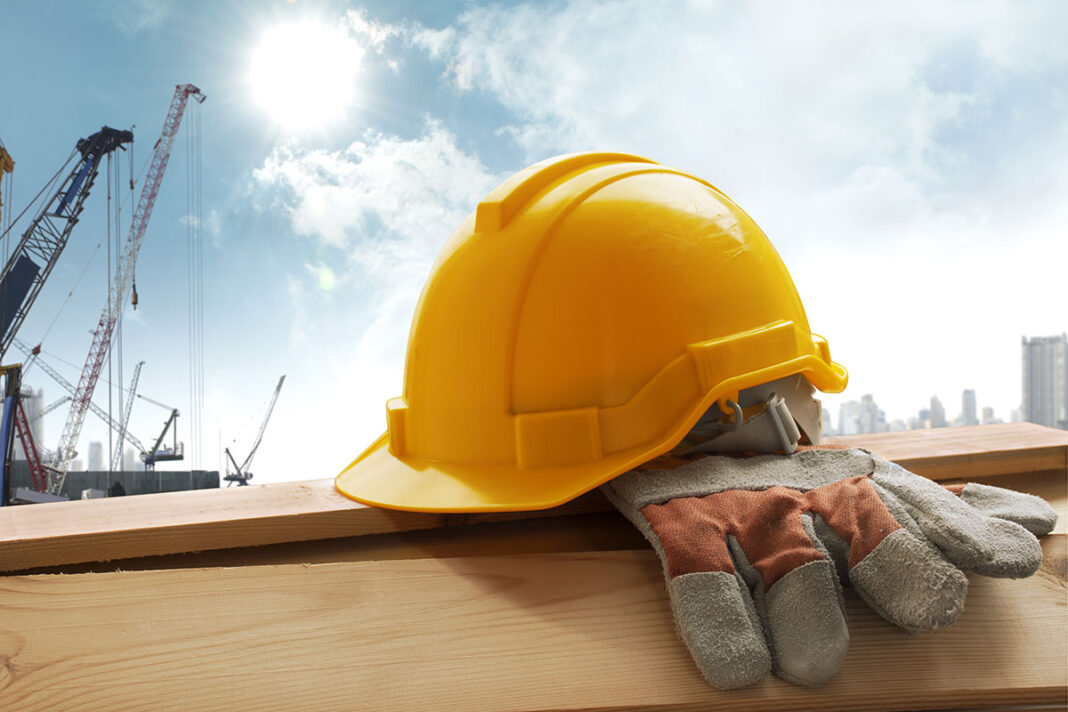
THE Royal Incorporation of Architects (RIAS) is calling on MSPs to press for more post-construction checks, in response to changes in building regulations being scrutinised in the Scottish Parliament.
Commenting on the new regulations aimed at moving Scotland closer to Passivhaus equivalent standards of construction, RIAS president Karen Anderson said, “We welcome a clearer focus on energy performance standards, but it’s not good enough just to design to higher standards. The buildings must also be constructed as intended, and at present there is very little scrutiny of construction quality.
“Studies suggest alongside other failings in construction, energy standards are rarely met in full. This results in a performance gap and higher bills for householders.
“It is a real challenge to increase energy standards, when existing standards aren’t being met in practice due to issues such as poor airtightness or thermal bridging. With higher standards and lower tolerances in design, the gap would grow. Consumer confidence in new housing could be shattered if higher build costs don’t deliver predicted bill savings.
“To avert a crisis in consumer confidence RIAS has called on the Scottish Government to set additional standards within Section 7: Sustainability of the Building (Procedure) (Scotland) Amendment Regulations 2024 or a new Section 8: Compliance. This would put in use test requirements at the heart of energy and environmental design and construction statements. To be robust, standards would need to outline the need for a Building Performance Evaluation (BPE) in line with BS40101:2022 upon occupation.”
Noting the exacting standards and significant changes associated with a jump to Passivhaus equivalence in future standards, a RIAS spokesperson added, “A building performance evaluation (BPE) process will be critical if standards mandate forms of mechanical heat recovery ventilation (MHVR) by default. MHRV is a ubiquitous part of Passivhaus design and depending on the chosen air tightness metric in the regulations would become a standard design feature.
“The RIAS foresees inevitable problems with installation of a novel technology where the installer skill base is underdeveloped, and where predictable user behaviours significantly influence overall performance. The rolling out MHRV at scale presents a substantial risk that needs monitored. Any failure in either specification, installation, or user error could have substantial implications for public health, building maintenance (e.g. dampness) and overall energy performance/energy bills.
“Overall we welcome the changes but they must be properly resourced both in terms of costs for architectural clients and sufficient capacity in local authorities charged with issuing building warrants.”











